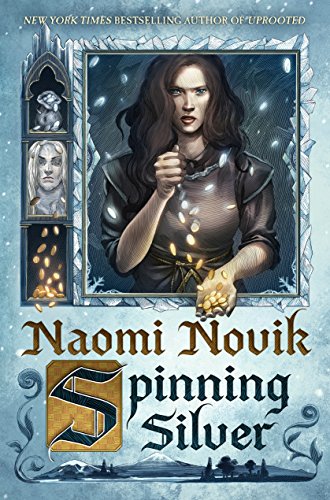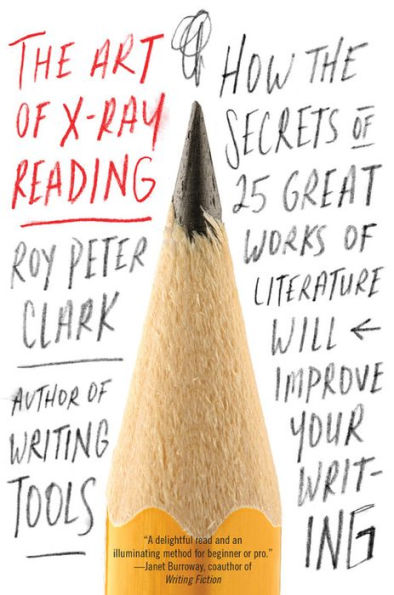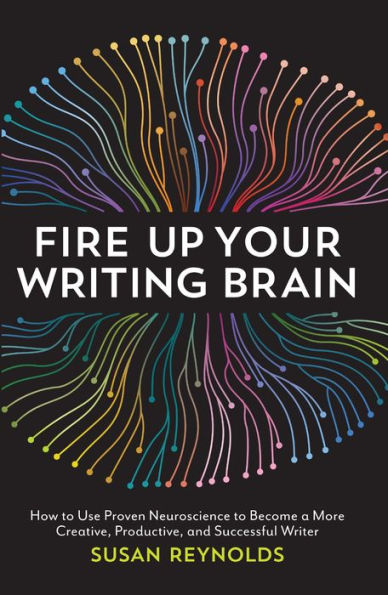
I clearly remember a seemingly casual—but ultimately momentous—conversation with my father one day in my senior year of high school. He asked what I wanted to do next. “Well, I love writing,” I said, “but how can you make a living from that?”
Ever the pragmatist, Dad suggested, “You could be a journalist.”
So I did. I earned a bachelor’s in magazine journalism, had a fabulous internship with New Woman Magazine in NYC, and then graduated and took a job editing handbooks for materials engineers. Ugh, that went off the rails quickly.
Then I went back to school for another degree—this time a master’s in organizational communication. I have since written and designed newsletters, coordinated alumni programs, designed and coded websites, been a program manager, owned an IT business, and planned several conferences. And writing has been some part of every day in those positions. But I think you can tell none of that was the kind of writing I really wanted to do.
So now, all these years after that conversation on the patio with Dad, I’m ready to create fiction. I have finally realized that I don’t have to pay all my bills with writing to make it a worthwhile endeavor. I love writing, and I’m committed to learning everything I can in order to do it well.
That’s what this blog is for: chronicling my journey to authorship.
I read many books, magazines, and blog posts so as to glean more about the complex process of writing stories that others want to read. I will share and review those resources here. I also run a meetup for writers who, like me, want to read and discuss fiction craft books. If you’re local to Austin, Texas, consider joining us!
I have another blog, in case you’re also interested in my memory-keeping/scrapbooking journey: The Constant Scrapper.



